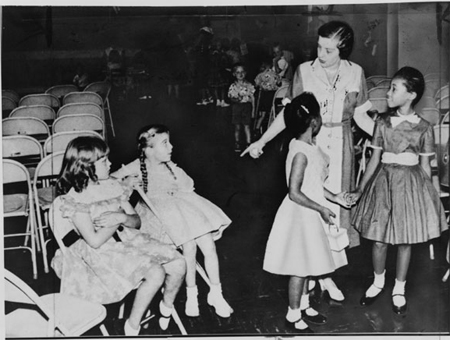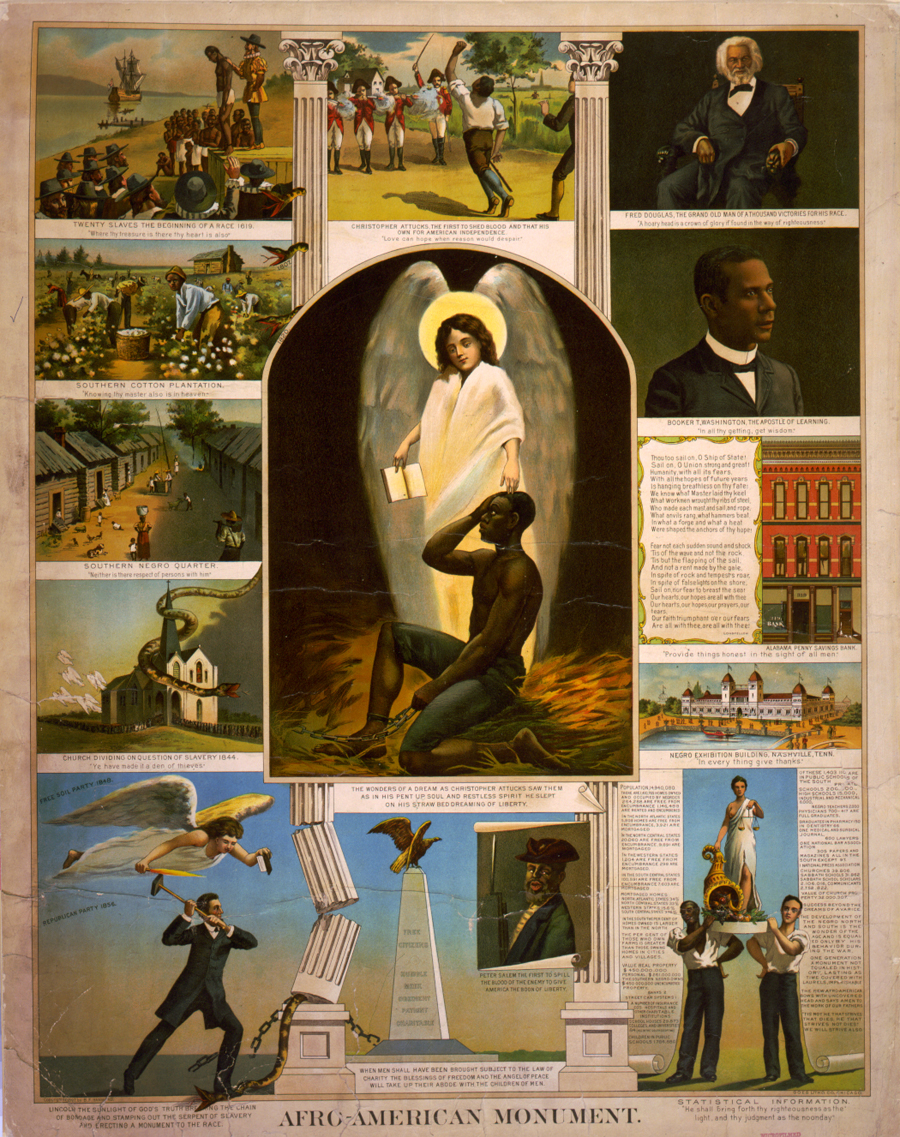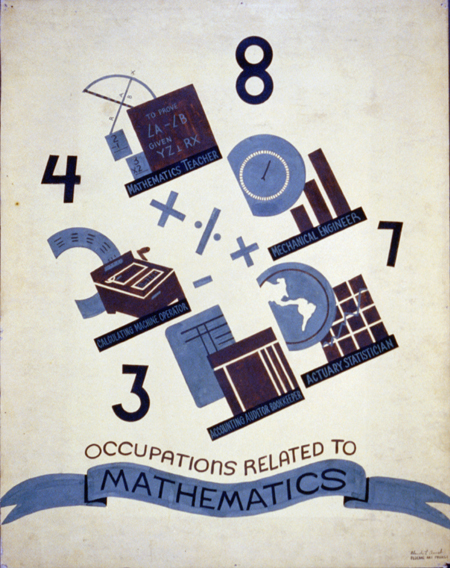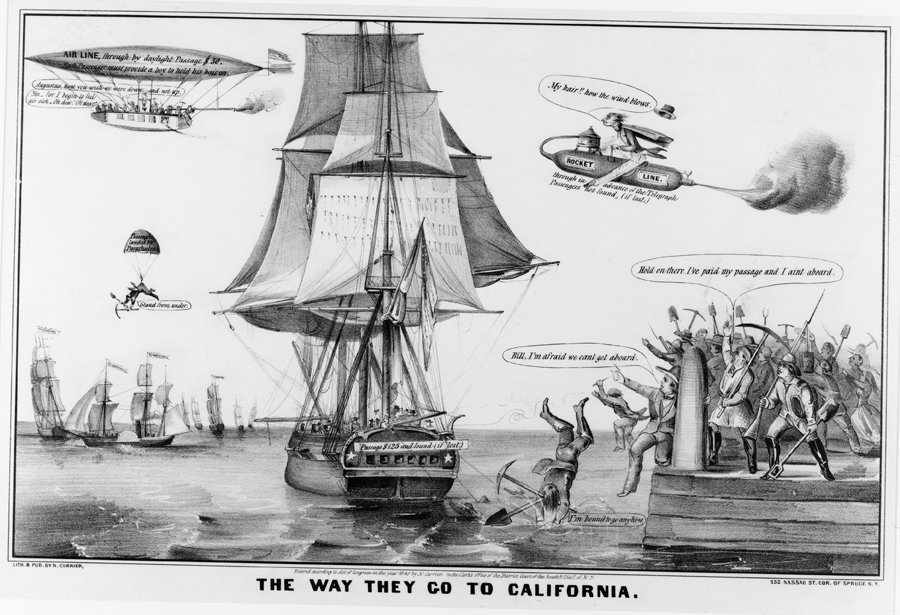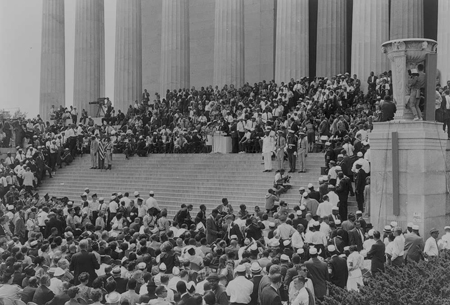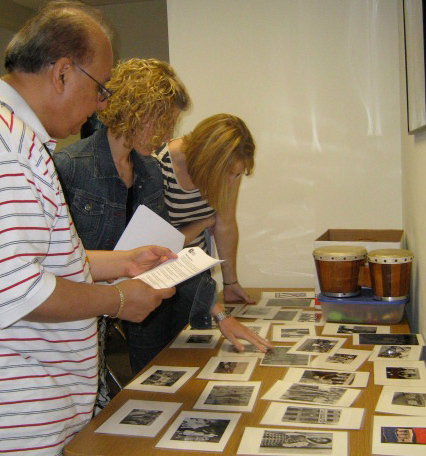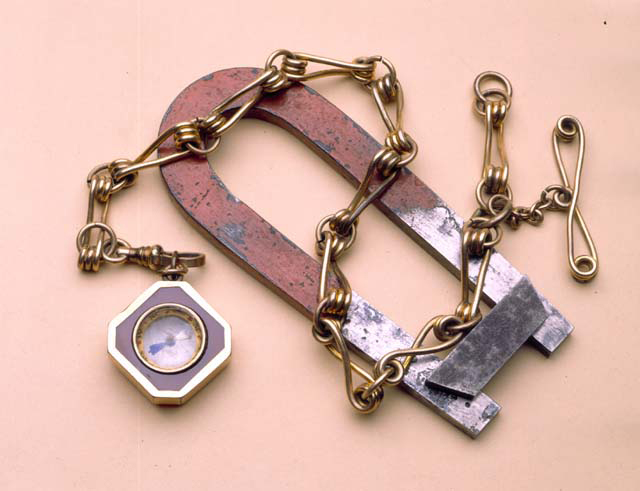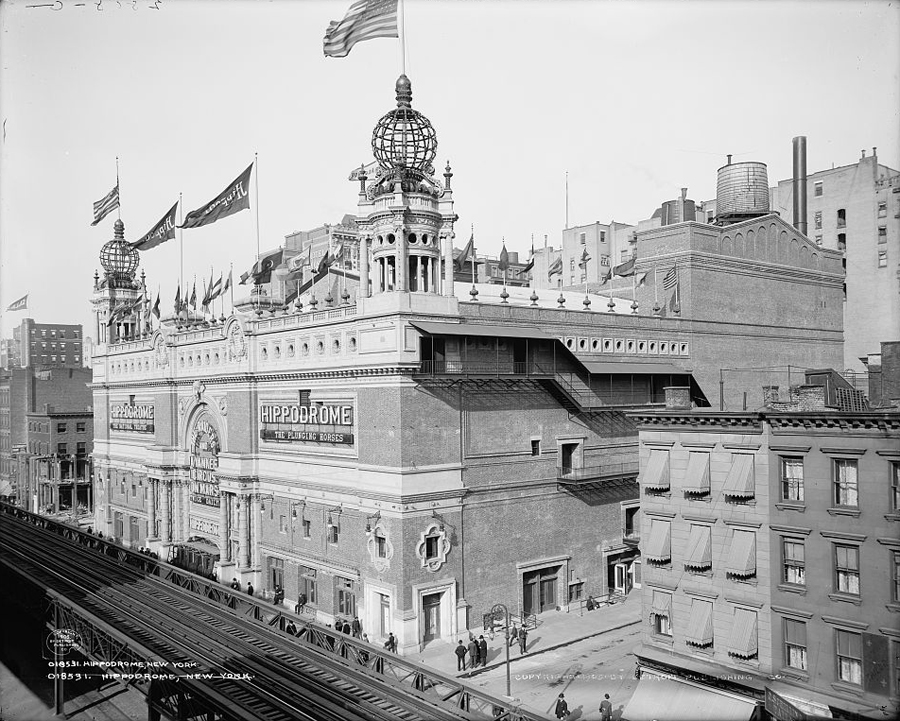Connecting to the Common Core: Analyzing Primary Source Images
Although image analysis activities do not generally require reading (apart from reading bits of text found in an image), the skills required to extract information from visual content are similar to those required to extract information from text. Practicing these skills using primary source images provides students with a great scaffolded learning opportunity. The table below…

